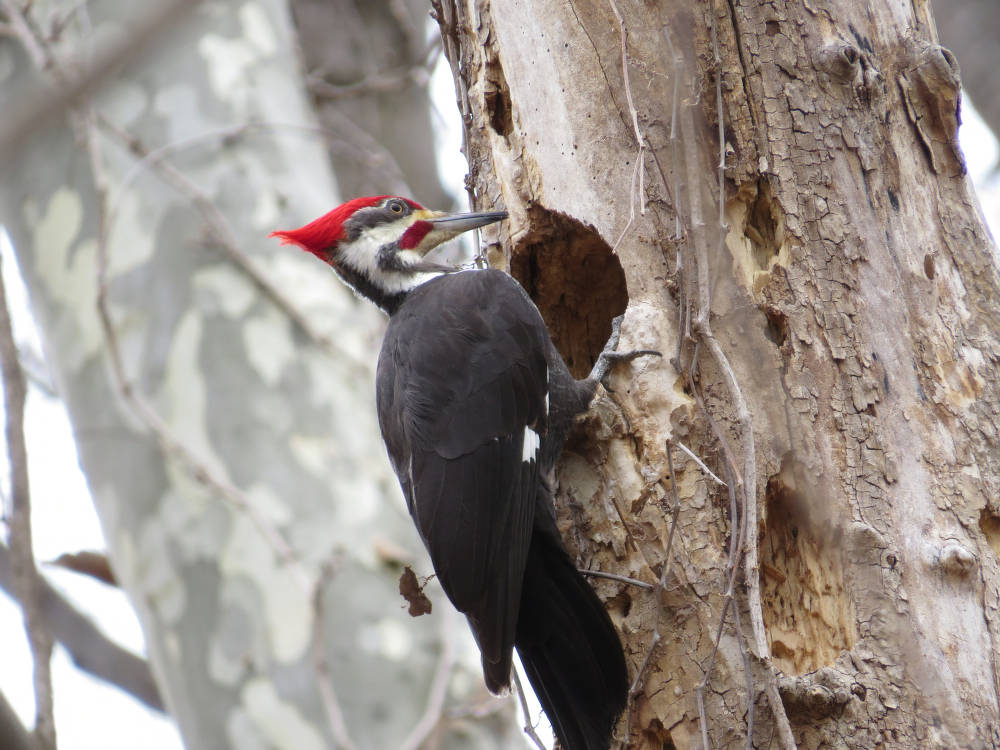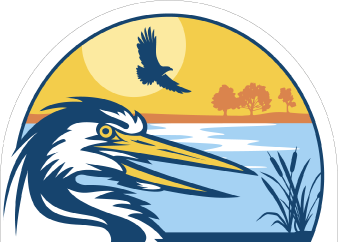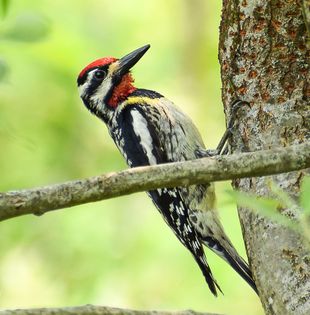
In the winter, the wooded trails at Iroquois National Wildlife Refuge can be eerily quiet. It’s a reminder that most animals keep a low profile in order to stay safe. But then you hear a woodpecker unleash its noggin on a tree trunk, like a heavy metal drummer. Pretty interesting for a bird that’s boring.
All of this drumming and hollowing is essential to woodpeckers’ survival. Woodpeckers eat insects found in tree bark, including ash borers. According to the Audubon Society, “Not long after scientists first observed the beetles on North American trees, they noticed that woodpeckers—especially downy, hairy, and red-bellied—were prolific predators.”
Click here to become a member!
Click here to donate!
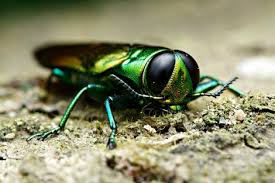

Woodpeckers are energetic and athletic birds. Using their unique feet, with two toes forward and two back, they cling to trees. Like professional wrestlers, they maintain a firm grip while delivering punch after punch with their dramatically decorated heads. Their moves are bold and brawny, and the chips may fly. If you are willing to feed suet in your backyard, there’s a good chance they will make an appearance and put on a show.
Western New York’s woodpeckers vary in size, markings, and feeding habits. While the downy woodpecker makes a great playmate for a chickadee, the larger woodpeckers should probably hang out with squirrels. Among the species at the refuge, male and female woodpeckers have small color differences on their heads, but are alike otherwise. A good field guide can help separate the sexes.
Healthy trees are rarely damaged by woodpeckers, and the emerald ash borer has left plenty of dead trunks in upstate New York. The Audubon Society found that from 2002 – 2011, red-bellied woodpecker populations climbed where ash borers multiplied. “While they and other woodpeckers didn’t save the trees, they severely crimped the pest’s numbers, typically killing about 40 percent of emerald ash borers in a given area.”
When damage to healthy trees does occur, it’s usually the work of the yellow-bellied sapsucker. In the spring, this bird chips its way into needled evergreen trees for sap. They may also puncture apple, elm, maple, and hickory trees in other seasons.
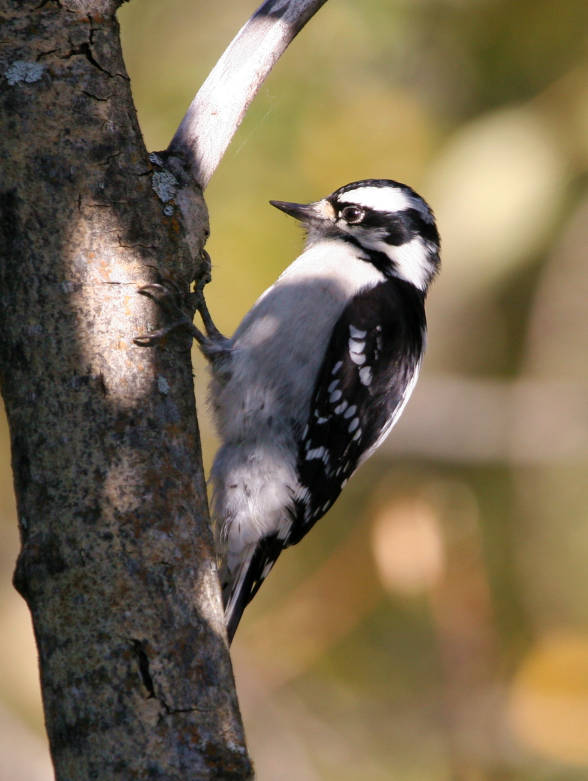
The northern flicker is the most abundant woodpecker in North America. This pigeon-sized bird will fly to the ground in open areas to eat ants. They rake their beaks side-to-side in the soil, sometimes carving out a large saucer as they feed. Researchers have found 3,000 ants in the digestive tract of a single flicker.
While woodpeckers can be among the first species on a birder’s life list, they are also a reminder of the senseless destruction of entire species. The awe-inspiring ivory-billed woodpecker of the south-eastern United States may be extinct due to large-scale timber harvesting. Exploration of the bird’s last known location in Arkansas produced no definitive evidence of the species’s survival. This story reminds us that losing trees means losing wildlife. For more on their story, go to https://abcbirds.org/bird/ivory-billed-
woodpecker/ .
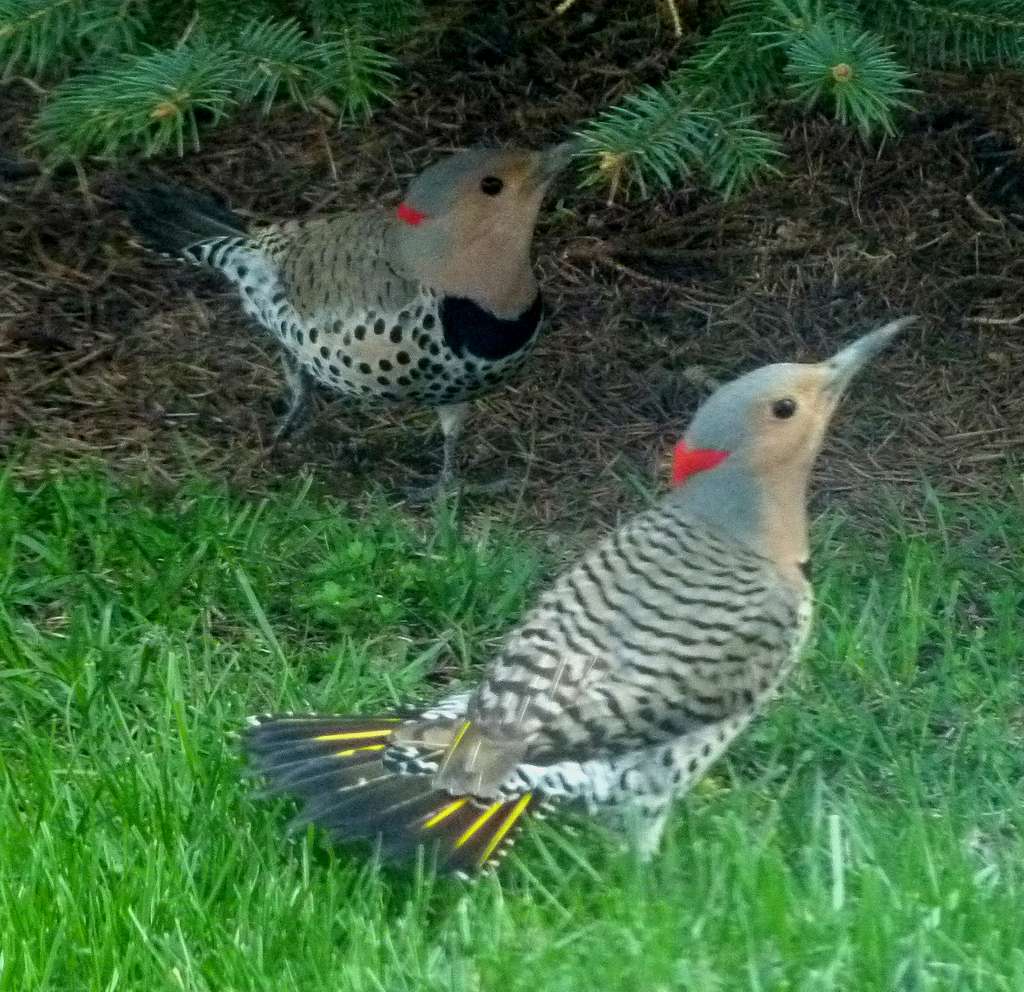
The massive pileated woodpecker is a precious species for its general similarity to the ivory-billed woodpecker. With its red Woody-the-Woodpecker crest, it is truly a made-for-television creature. Its diet includes carpenter ants, beetles and other insects, nuts, and fruits. The pileated woodpecker relies on large forests for nesting, making protected lands like Iroquois National Wildlife Refuge essential.
By Heidi Truschel
